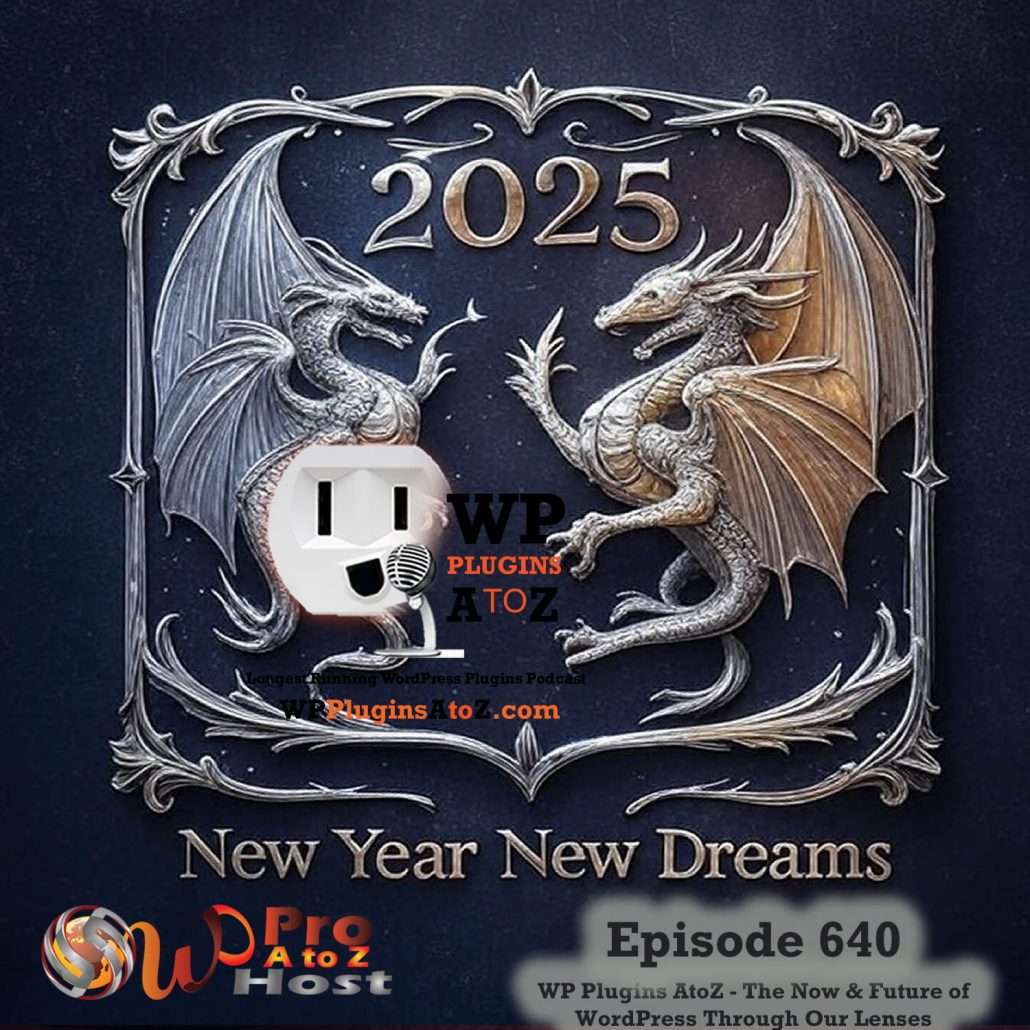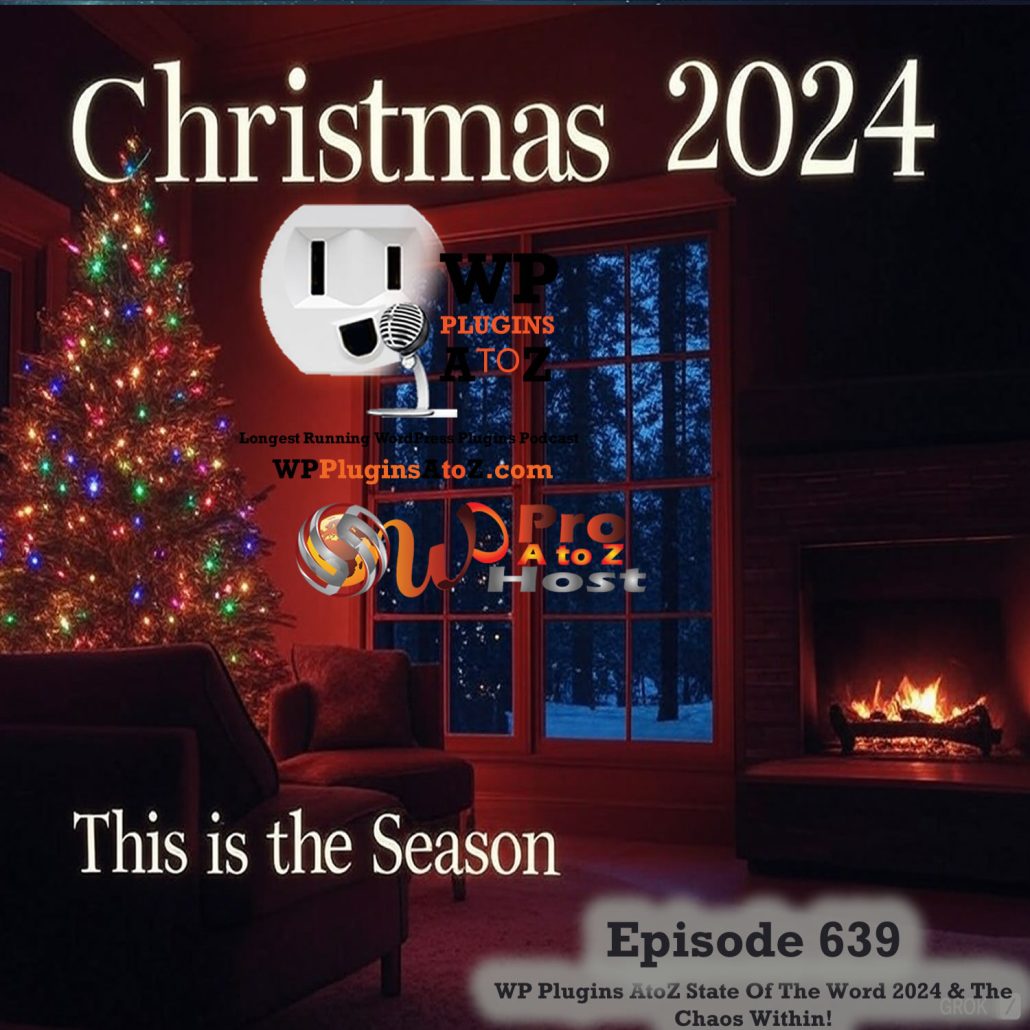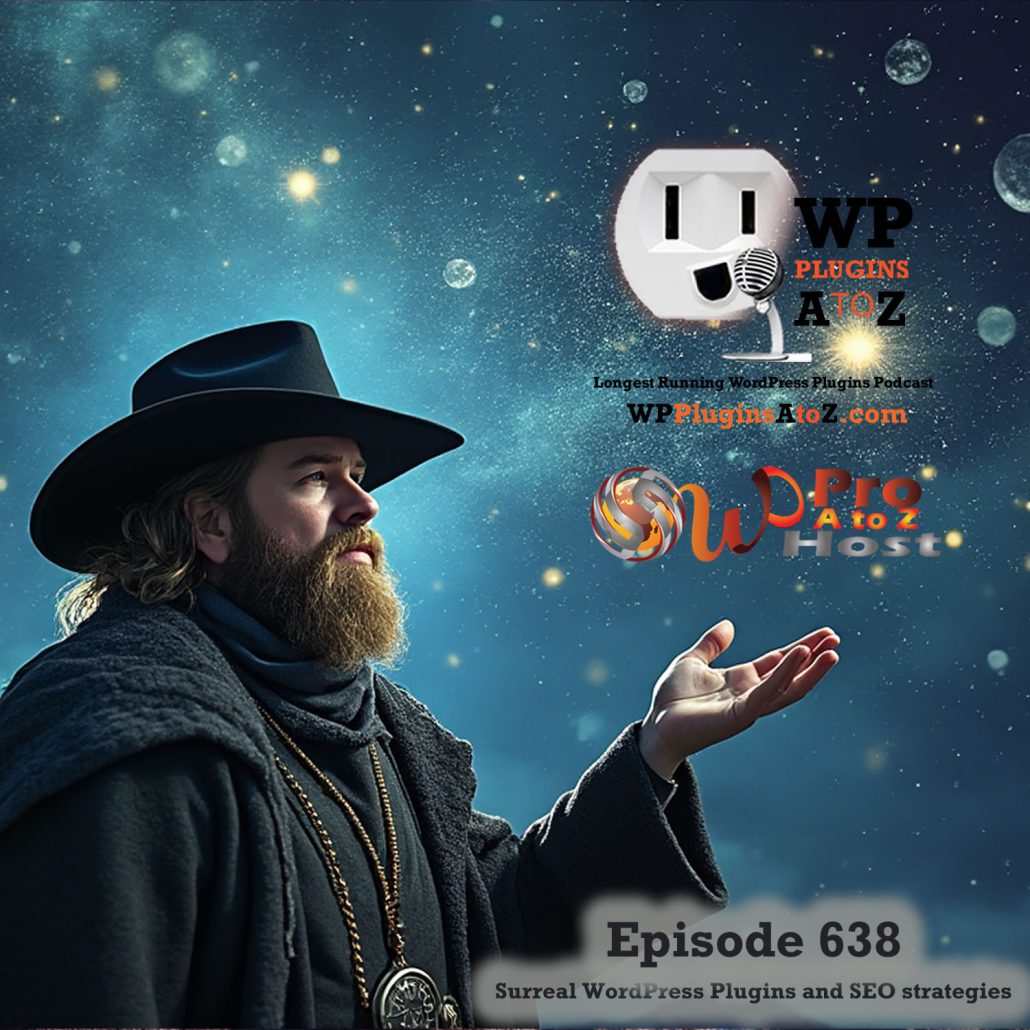WordPress Training Available:
There is a Webinar at 7pm PDT on Tuesday the 4th of September Click Here to Register
There is also a WordPress Level One Training Course in Victoria on September 29 & 30th from 9am to 3pm each day. Register now at http://WPPro.ca/wptraining
This Issues Training Video:
Installing and configuring Open Web Analytics plugin.
Click here if you do not see it load>> http://youtu.be/fF_9b7_Ijqs
WordPress Tip
This week a brief discussion about post formats and why you might use them.
Post formats allow you to express your thoughts and have them show up in differing layouts depending on the theme you use or what customizations you apply to your current theme.
there are 9 different post formats and they are as follows
There are 9 Post Formats available for users to choose from and usable if the theme enables support for them. You can however code and register into your theme although you will need to do some custom CSS to have them look right.
Now while your actual post content entry won't change, the theme can use this content to display the post differently based on the format chosen. For example, a theme could leave off the display of the title for a “Status” post. How things are displayed is entirely up to the theme, but here are some general guidelines.
- aside – Typically styled without a title. Similar to a Facebook note update.
- gallery – A gallery of images. Post will likely contain a gallery shortcode and will have image attachments.
- link – A link to another site. Themes may wish to use the first <a href=””> tag in the post content as the external link for that post. An alternative approach could be if the post consists only of a URL, then that will be the URL and the title (post_title) will be the name attached to the anchor for it.
- image – A single image. The first <img /> tag in the post could be considered the image. Alternatively, if the post consists only of a URL, that will be the image URL and the title of the post (post_title) will be the title attribute for the image.
- quote – A quotation. Probably will contain a blockquote holding the quote content. Alternatively, the quote may be just the content, with the source/author being the title.
- status – A short status update, similar to a Twitter status update.
- video – A single video. The first <video /> tag or object/embed in the post content could be considered the video. Alternatively, if the post consists only of a URL, that will be the video URL. May also contain the video as an attachment to the post, if video support is enabled on the blog (like via a plugin).
- audio – An audio file. Could be used for Podcasting.
- chat – A chat transcript, like so:
John: foo
Mary: bar
John: foo 2
Note: When writing or editing a Post, Standard is used to designate that no Post Format is specified. Also if a format is specified that is invalid then standard (no format) will be used.
You can see a demo of how this works with a theme specialized for post formats here http://kaydenray.com This is done with the Mindstream Theme from StudioPress
You can add theme support more information is available here http://codex.wordpress.org/Post_Formats#Adding_Theme_Support
Featured Plugin
Increasing Social Media Connections is important these days, so in that vein… This issues plugin is about an interesting way to setup a share bar on your site. This one creates a sliding bar that sits next to your post and follows your user down as they scroll. You can see it live on my site here http://www.JohnOverall.com/social-media-connections —– give it a try and tweet something out.
Sharebar 1.2.4
- Version: 1.2.4
- Author: Monjurul Dolon
- Last Updated: 7 days ago
- Requires WordPress Version: 2.0 or higher
- Compatible up to: 3.0.5
- Downloaded: 116,310 times
- WordPress.org Plugin Page »
- Plugin Homepage »
The LowDown:
This plugin turns out to be a pretty nice way of encouraging folks to share your contetnt. Since the bar floats down the page as they scroll it is always there just to the left ready for when they want to share.
Rating 4 Dragons




